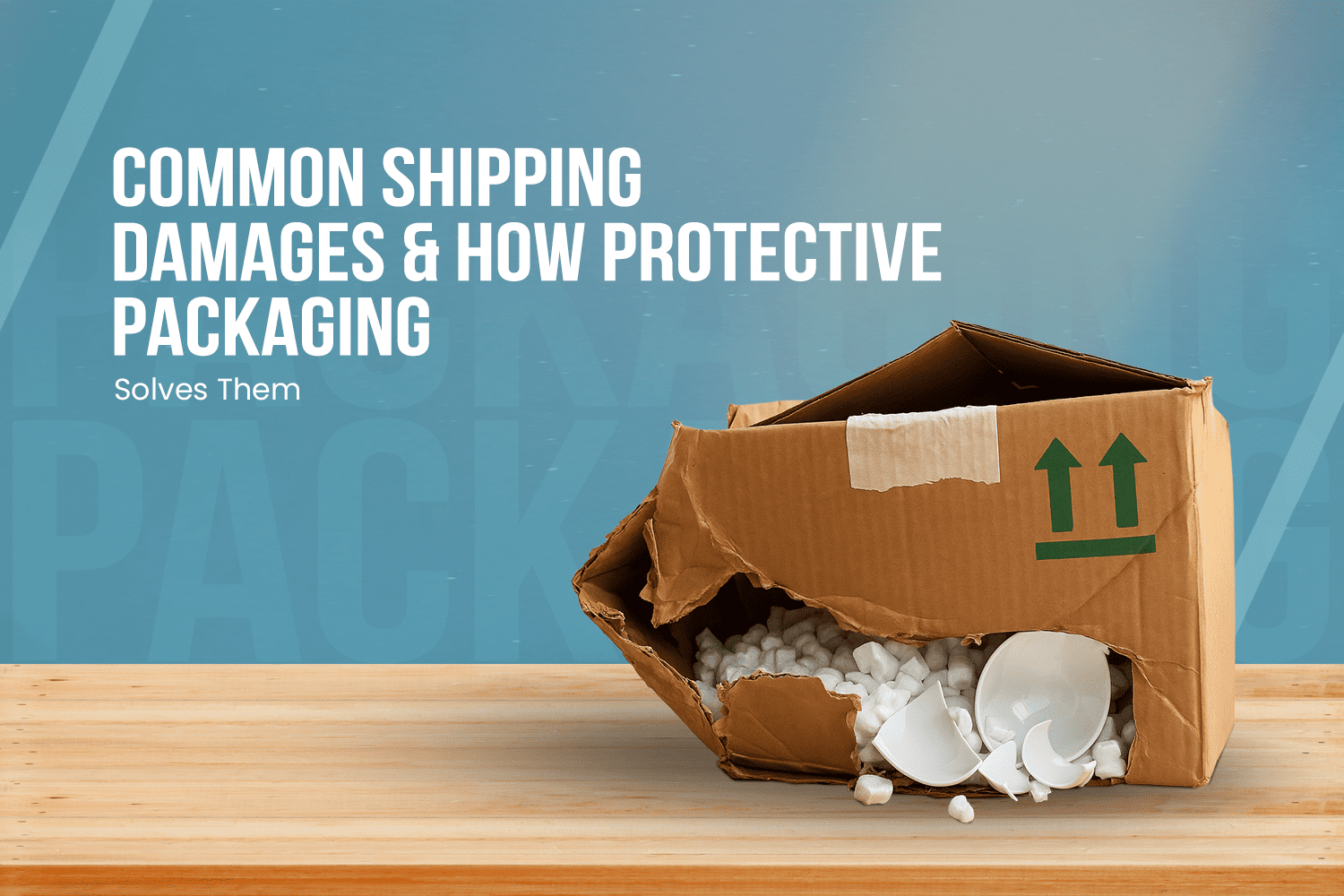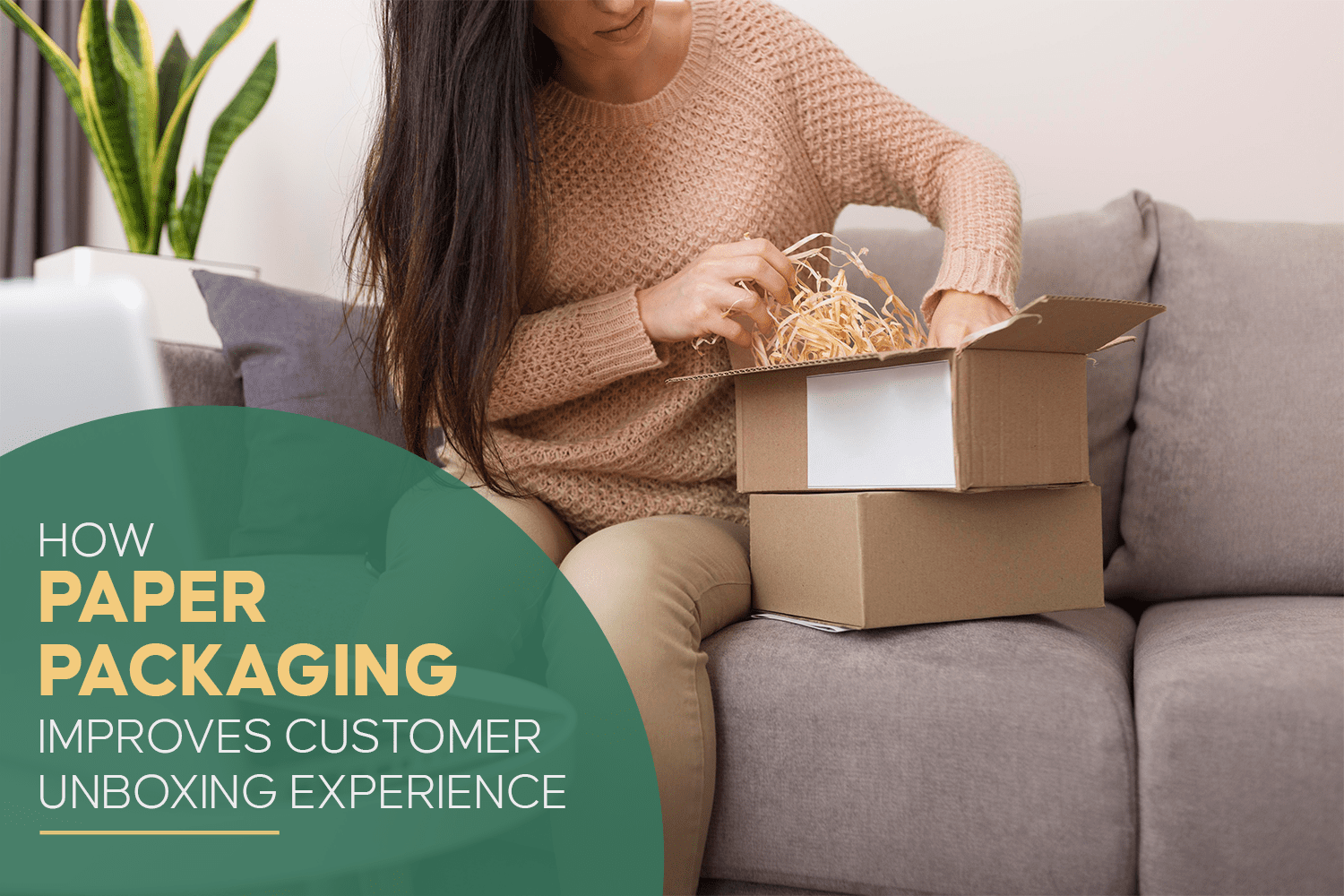No products in the cart.: ₹0.00
Top global packaging Trends in 2024: Future of Packaging Industry

In 2024, the packaging business will have undergone tremendous change as a result of shifting consumer preferences, sustainability concerns, technology breakthroughs, and market dynamics. Just with our own product EcoCushion Paper, we have observed dynamic changes in the product life cycle in a short span since launch.This blog examines the major developments reshaping the packaging industry worldwide.
Packaging Trends in 2024
- Sustainable Packaging Solutions:
In the packaging sector, sustainability is still of utmost importance. In an effort to lessen their influence on the environment, brands are progressively implementing eco-friendly materials like paper based packaging, compostable packaging, and bioplastics. Throughout the package lifetime, waste and carbon footprint are reduced via design innovations in packaging, such as the use of lightweight and efficient materials, for instance our very own honeycomb paper wraps as an alternative to plastic bubble wraps. Recognized for its assortment of traditional Indian drinks, Paper Boat uses eco-friendly packaging options such Tetra Pak cartons composed of repurposed materials.Similarly, brands are increasingly more and more conducive towards sustainable packaging from a regulatory as well as customer centric viewpoint.
- Packaging Technology Advancements:
Technology is changing quickly, and this is changing the packaging industry. Real-time tracking, authentication, and customer involvement are made possible with smart package integration, which makes use of RFID tags, QR codes, and NFC chips. These solutions give brands important data insights, increase product safety, and improve supply chain visibility. Amul, a well-known dairy cooperative in India, has adopted new developments in packaging technology by adding QR codes to its milk container. By giving customers access to details about the product’s origin, calibre, and nutritional makeup, these QR codes increase openness and build customer confidence.
- Packaging Design Trends:
When it comes to drawing in customers and communicating company identity, design is essential. Customized package experiences are becoming more popular as companies use cutting-edge printing technologies to create labels that can be customized and unique designs created. Novel packaging designs that give prominence to practicality, style, and utility are influencing customer attitudes and fostering brand allegiance.
- Innovative Packaging Materials:
Innovation in the packaging sector is being propelled by the search for new materials. Brands are investigating sustainable materials that limit environmental effect and lessen dependency on fossil fuels, such as plant-based alternatives and biodegradable plastics. Cutting-edge materials that satisfy consumer needs for sustainability, such as edible packaging and packaging enabled by nanotechnology, provide original answers to packaging problems. At EcoCushion Paper, sustainability and innovation come together to create environmentally friendly packaging. Utilizing recyclable materials, our eco-friendly solutions allow you to safeguard your goods without endangering the environment. Our honeycomb paper bubble choices are safer and more environmentally friendly than plastic bubble wrap.
On the other hand, by launching programs like Shipment Zero and Frustration-Free Packaging, Amazon has also made notable advancements in sustainability. Unnecessary packaging materials are removed in frustration-free packaging, which reduces waste and guarantees that products are well-protected throughout transportation. Shipment Zero emphasizes the use of recyclable materials and renewable energy sources in packaging with the goal of making all shipments from Amazon net-zero carbon.
Future of Packaging Solutions:
Eco-friendly packaging options are becoming more and more in demand from customers. Companies are adopting the concepts of the circular economy as the packaging industry’s future. Packaging-related circular economy efforts seek to reduce waste, increase resource efficiency, and encourage material recovery, recycling, and reuse throughout the life cycle of the product. In an effort to create packaging solutions that are eco-friendly, sustainable, and support closed-loop systems, brands are progressively embracing the concepts of the circular economy. Tata Qube provides recyclable and refillable container choices for common domestic goods like cleansers, detergents, and personal hygiene products. Customers can buy goods in sturdy containers composed of glass or stainless steel that can be returned, washed, and refilled using Tata Qube’s refill stations.
In conclusion, a convergence of consumer-centric strategy, technology, and sustainability characterizes the global packaging sector in 2024. In order to solve environmental issues, improve consumer experiences with products, and adjust to changing market conditions, brands are embracing creative solutions. Stakeholders must collaborate and be agile in order to manage and seize new opportunities in the dynamic packaging market as we continue to experience rapid improvements and shifting consumer preferences.





